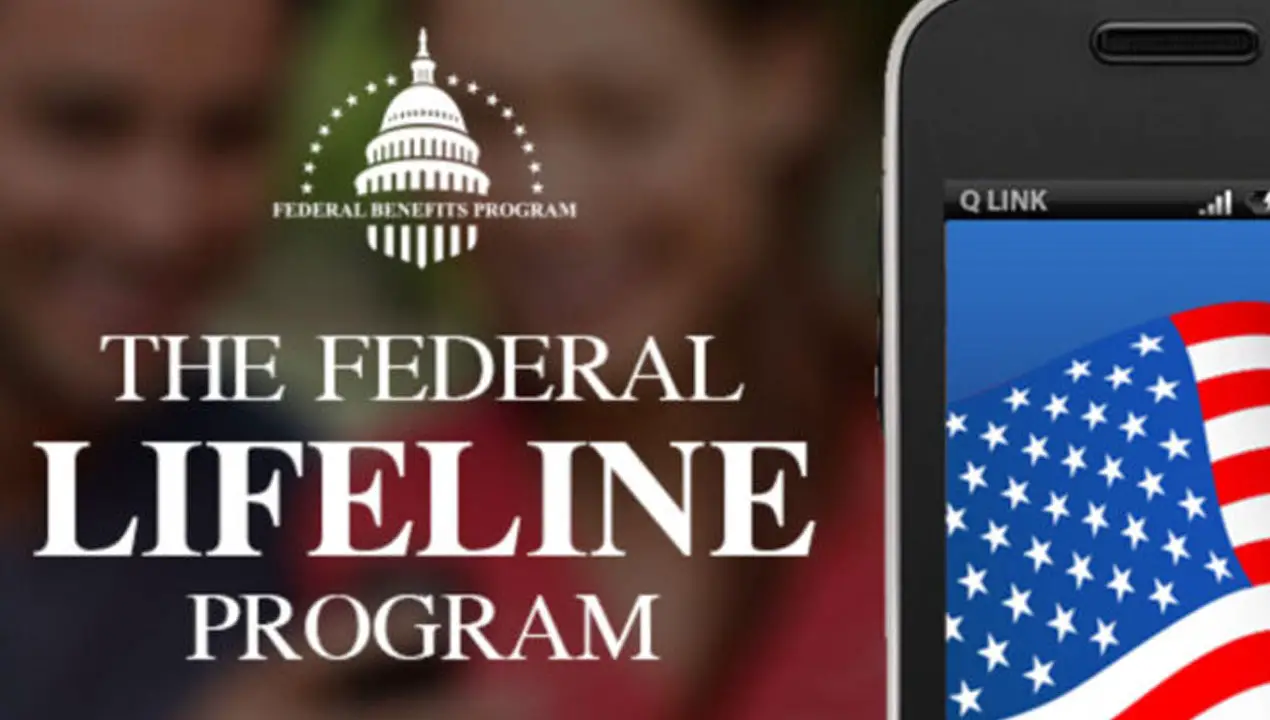In the realm of essential telecommunications services, the Lifeline Program stands as a lifeline for many low-income households, offering a crucial hand-up. This article delves into the program’s intricacies, explaining its function, eligibility criteria, and the array of benefits it provides.
Decoding Lifeline Eligibility
To become part of the Lifeline initiative, subscribers need to establish and demonstrate their eligibility. This involves furnishing documentation that validates participation in a qualifying government assistance program or showcasing an income not exceeding 135% of the federal poverty guidelines.
Navigating the Program Dynamics
Initiated by the Federal Communications Commission (FCC), the Lifeline program aims to subsidize phone services for low-income households. Funded through the Universal Service Fund (USF), this program ensures that eligible individuals receive discounted phone and broadband internet services.
Unveiling the Lifeline Program
For those seeking affordable telecommunications solutions, the Lifeline program bridges the gap by providing discounted phone services to eligible low-income consumers. This facilitates access to vital communication resources, enabling users to connect for job searches, emergencies, and staying in touch with family and friends.
Maximizing Opportunities in the Digital Era
The program’s core objective is to empower low-income consumers with 21st-century broadband advantages. Subscribers typically enjoy a monthly phone service discount and discounted devices from participating providers. Some states even offer discounts on bundled voice and internet service plans.
The Backbone: Eligibility Requirements
Lifeline eligibility hinges on participation in specific government assistance programs such as SNAP, Medicaid, SSI, Federal Public Housing Assistance, or Veterans Pension and Survivors Benefit. Verification involves documents like pay stubs, tax returns, benefits cards, or other credible proofs.
A crucial rule governs Lifeline participation: one phone line, one bundled internet service, and a phone service discount per household. Transferring services to another person violates this rule and results in de-enrollment from the program.
Proving Eligibility for Lifeline
Prospective Lifeline beneficiaries must establish their eligibility by participating in qualifying programs or demonstrating a gross household income of 135% or less of the Federal Poverty Guidelines (FPG). Recertification, done annually, is vital to maintaining Lifeline services.
State-Specific Programs
Several states, localities, and Tribal lands administer their versions of the Lifeline program. Residents in these areas should explore their state’s official website for comprehensive insights into program details and workings.
Behind the Scenes: Lifeline Program Administration
The Universal Service Administrative Company (USAC) plays a pivotal role in overseeing the Lifeline program across states, territories, and tribal lands. Their responsibilities include assisting consumers with applications, determining eligibility, and facilitating free phones or discounted monthly service plans.
Provider Obligations and Lifeline
Lifeline, as a subsidy, supports low-income households in affording phone and internet services. Providers must adhere to stringent requirements, verifying applicants’ need for assistance, income eligibility, identity, and address. Each household is entitled to only one Lifeline discount, and providers must obtain consent before sharing subscriber information with the National Accountability Database.
Safeguarding Eligibility
The Lifeline program, with its focus on essential phone and internet services, remains a crucial resource for low-income households. The FCC’s periodic reforms, including a shift towards broadband support, emphasize the program’s adaptability to emerging technologies.
Upholding Program Integrity
The USAC, in administering the Lifeline program, maintains a balance between consumer assistance, program requirements, and eligibility verification. Flexibility in accepting various documents for income verification is provided, ensuring accessibility for eligible consumers.
Consequences of Non-Compliance
False statements made by consumers can lead to severe consequences, including de-enrollment, fines, and loss of Lifeline Program eligibility. Despite a decline in Lifeline participation over time, the program’s objectives can be met through strategic cost reductions and addressing enrollment barriers.
In conclusion, Lifeline remains an indispensable support system, connecting low-income Americans to vital services. As we navigate evolving technological landscapes, Lifeline’s adaptability ensures its continued impact on bridging the digital divide for those in need.

